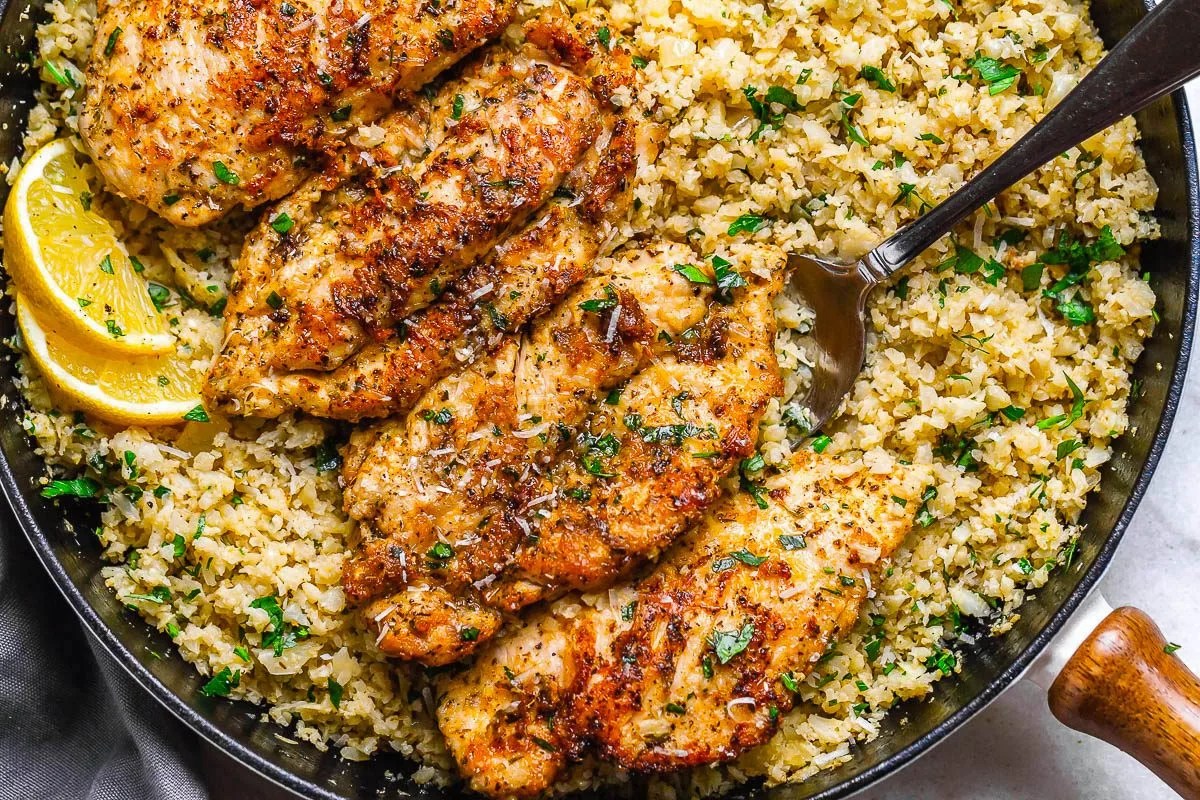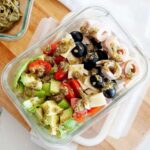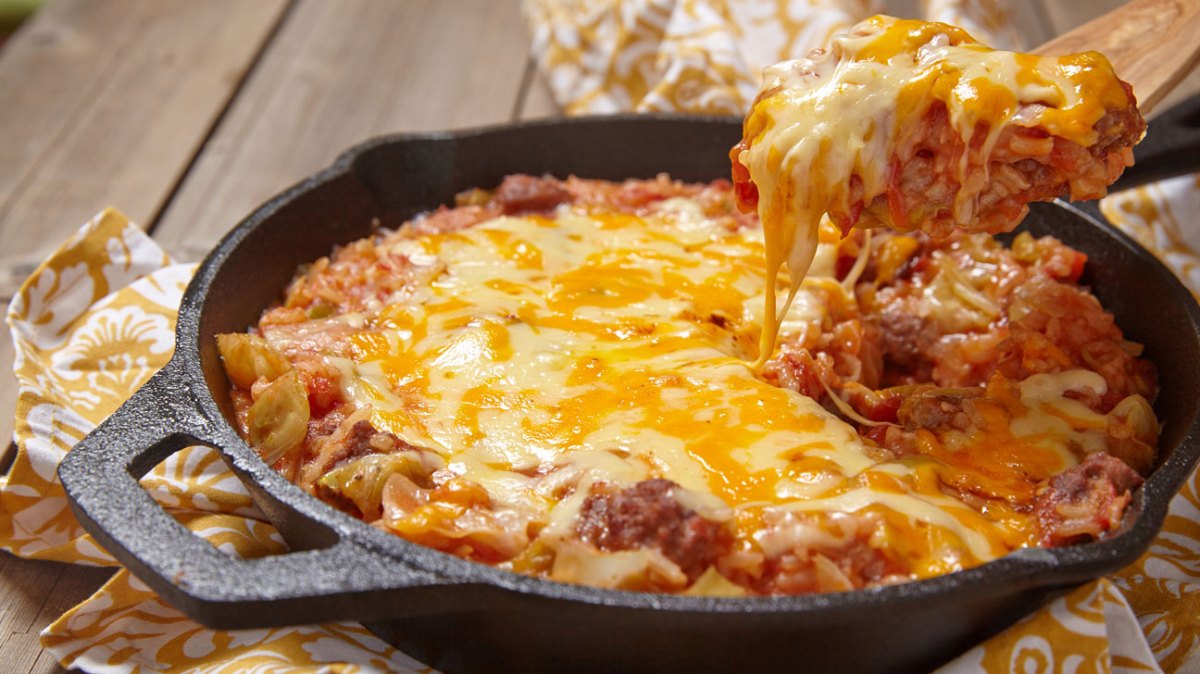Imagine vibrant bowls brimming with flavor, textures, and satisfying nutrition, all crafted in under 30 minutes. This isn’t a dream; it’s the reality of mastering satisfying low-carb lunch bowls, perfect for conquering even the busiest of days. Forget bland, restrictive diets – we’re diving into a world of delicious, customizable recipes designed to fuel your body and satisfy your cravings, all while keeping those carbs in check. Prepare to discover a new level of lunchtime efficiency and enjoyment.
From quick and easy recipes to detailed meal prep strategies, this guide provides a comprehensive roadmap to creating low-carb lunch bowls that are as visually appealing as they are delicious. We’ll explore diverse variations to cater to various dietary needs, offering flexibility and ensuring there’s a perfect bowl for everyone. Learn to balance macronutrients, understand the nutritional power of key ingredients, and discover the secrets to maintaining freshness and flavor, even after prepping ahead.
Low-Carb Lunch Bowl Variations for Different Diets
Creating versatile low-carb lunch bowls allows for easy adaptation to various dietary preferences and restrictions. By making simple substitutions, you can craft a satisfying and nutritious meal that aligns with your specific needs, whether you’re following a ketogenic, vegetarian, or paleo diet. This flexibility ensures that low-carb eating remains enjoyable and sustainable.
Low-Carb Lunch Bowl Variations
The following variations demonstrate how easily a basic low-carb lunch bowl can be modified to suit different dietary needs. The base recipe consists of a bed of mixed greens, 4 ounces of grilled chicken breast, half an avocado, and a sprinkle of pumpkin seeds. Each variation builds upon this foundation, making specific changes to protein, vegetables, and fats.
- Ketogenic Diet Variation: This version emphasizes healthy fats and limits carbohydrates to maintain ketosis. The base recipe remains largely unchanged, but we add 2 tablespoons of heavy cream to the greens for extra richness and replace the chicken with 4 ounces of pan-seared salmon, a richer source of healthy fats. The visual is one of vibrant colors: deep orange salmon contrasting against the dark green spinach, with creamy white avocado slices and speckled pumpkin seeds adding textural and visual interest. Benefits include increased satiety due to the high fat content. Drawbacks could include potential for higher saturated fat intake if not carefully monitored.
- Vegetarian Low-Carb Variation: This adaptation replaces the chicken with a hearty serving of roasted portobello mushrooms, providing a meaty texture and umami flavor. To further enhance the nutritional profile, we add a handful of roasted broccoli florets, vibrant green against the dark mushrooms. The creamy avocado remains, along with a sprinkle of hemp seeds for added protein and healthy fats. The overall visual is earthy and appealing: deep brown mushrooms, bright green broccoli, and creamy avocado against the leafy greens, speckled with the tiny hemp seeds. Benefits include a high fiber content from the mushrooms and broccoli. Drawbacks might be lower protein content compared to the other variations, necessitating careful attention to overall protein intake throughout the day.
- Paleo Diet Variation: This version focuses on whole, unprocessed foods. The chicken remains, but we replace the pumpkin seeds with a handful of macadamia nuts, adding a delightful crunch and healthy fats. We also incorporate a cup of sauteed zucchini and bell peppers, offering a colorful array of textures and vitamins. The visual is a vibrant medley of colors and textures: The soft, pale green zucchini and brightly colored bell peppers stand out against the darker greens, with the pale chicken breast, creamy avocado, and the light brown macadamia nuts creating visual contrast and depth. Benefits include a high vitamin and mineral content from the vegetables. Drawbacks might include a slightly lower fat content compared to the keto variation, which may affect satiety for some individuals.
Building a Satisfying Low-Carb Lunch Bowl

Creating a low-carb lunch bowl is a simple yet effective way to enjoy a delicious and satisfying meal without derailing your dietary goals. These bowls offer a versatile platform to experiment with flavors and textures while keeping carbohydrate intake low, promoting sustained energy and preventing those mid-afternoon energy crashes. By carefully selecting ingredients and balancing macronutrients, you can craft a lunch bowl that’s both healthy and incredibly satisfying.
Step-by-Step Guide to Building a Low-Carb Lunch Bowl
The following steps provide a structured approach to constructing a balanced and delicious low-carb lunch bowl. Each step is designed to ensure you achieve a satisfying meal that keeps you feeling full and energized throughout the afternoon.
- Choosing Your Protein Base: Image Description: A vibrant close-up showcasing a variety of protein options – grilled chicken breast with visible grill marks, flaky baked salmon, and a portion of seasoned ground beef. Each protein source is presented attractively on a separate small plate. Start by selecting your primary protein source. Options include 4-6 ounces of grilled chicken or fish, a cup of lentils, or 3-4 ounces of lean ground beef or turkey. Protein provides satiety and essential amino acids for muscle repair and growth.
- Selecting Healthy Fats: Image Description: A visually appealing arrangement of healthy fats: a small bowl of avocado slices revealing their creamy texture, a sprinkle of chia seeds highlighting their tiny, dark form, a drizzle of olive oil glistening in the light, and a handful of raw almonds showcasing their texture and color. Next, incorporate healthy fats to further enhance satiety and provide essential fatty acids. Good choices include avocado (1/2 to 1 whole), a tablespoon of olive oil, a handful of nuts (almonds, walnuts), or seeds (chia, flax). Fats slow digestion and contribute to feeling full for longer.
- Adding Low-Carb Vegetables: Image Description: A colorful assortment of low-carb vegetables, artistically arranged. This includes vibrant green spinach leaves, crisp broccoli florets, sliced bell peppers exhibiting their bright colors (red, yellow, orange), and some finely chopped mushrooms. Low-carb vegetables add crucial vitamins, minerals, and fiber, contributing to overall health and fullness. Choose from leafy greens (spinach, kale), broccoli, cauliflower, bell peppers, mushrooms, zucchini, or asparagus. Aim for at least one cup of vegetables.
- Incorporating Flavor and Texture: Image Description: A close-up showcasing a variety of seasonings and flavor enhancers artfully placed near the bowl. This includes a small bowl of freshly chopped cilantro, a small dish of lime wedges, a container of low-sodium soy sauce, and a sprinkle of red pepper flakes. Enhance the taste and texture of your bowl with herbs, spices, and low-carb sauces. Experiment with fresh herbs (cilantro, parsley), spices (cumin, paprika), and a light vinaigrette or a small amount of low-sodium soy sauce or coconut aminos. These additions add depth of flavor without significantly impacting the carb count.
- Assembling the Bowl: Image Description: A beautifully composed low-carb lunch bowl. The bowl features a bed of spinach, topped with grilled chicken breast, avocado slices, broccoli florets, a sprinkle of almonds, and a light drizzle of olive oil. The colors and textures are vibrant and appealing. Finally, assemble your lunch bowl by layering the ingredients. A good approach is to start with a base of leafy greens, followed by your protein source, vegetables, and healthy fats. Finish with your chosen seasonings and sauces.
Macronutrient Balance for Satiety
Achieving a satisfying low-carb lunch bowl involves a careful balance of macronutrients. A typical ratio might be approximately 40% protein, 40% healthy fats, and 20% low-carb vegetables. For example, a 600-calorie bowl might contain roughly 240 calories from protein, 240 calories from fats, and 120 calories from vegetables. This balance ensures sustained energy and prevents hunger pangs. Remember to adjust these proportions based on your individual caloric needs and dietary preferences.
Unlocking the power of the low-carb lunch bowl is about more than just weight management; it’s about embracing a lifestyle of mindful eating and efficient meal preparation. By understanding the principles of macronutrient balance and leveraging smart meal-prep strategies, you can transform your lunchtime routine into a source of energy, satisfaction, and culinary creativity. These recipes aren’t just meals; they’re a testament to the delicious possibilities of a healthy, low-carb lifestyle. So, grab your ingredients, and let’s get cooking!
Essential FAQs
Can I store low-carb lunch bowls overnight?
Yes, many low-carb lunch bowls store well in the refrigerator for up to 3-4 days. Ensure proper sealing to maintain freshness and prevent spills.
Are these recipes suitable for vegetarians/vegans?
While some recipes are naturally vegetarian-friendly, we offer variations to adapt them to vegetarian and even vegan needs by substituting protein sources like tofu, tempeh, or lentils.
What if I don’t have all the listed ingredients?
We provide substitute suggestions for many ingredients, allowing flexibility based on your pantry and preferences. Feel free to experiment and adapt!
How can I make these bowls even more filling?
Increase the protein content by adding more chicken, fish, or beans. Healthy fats like avocado or nuts also enhance satiety.


